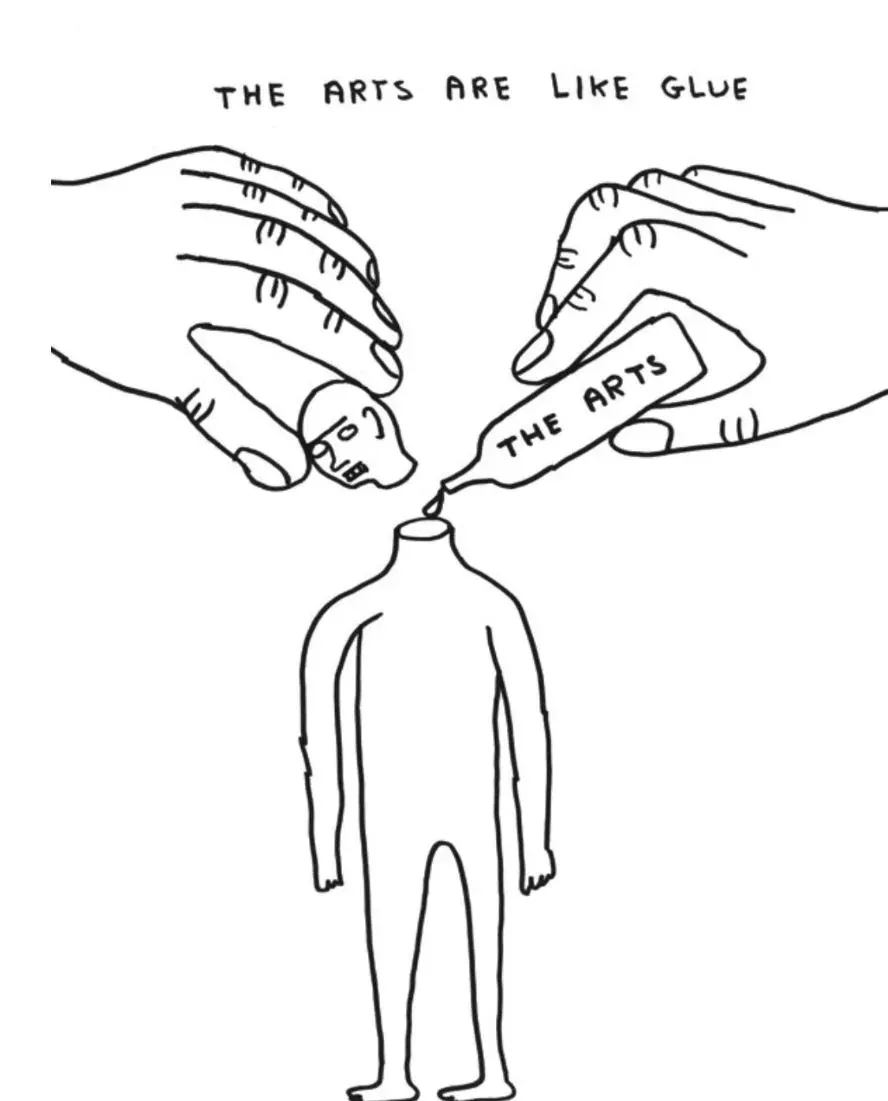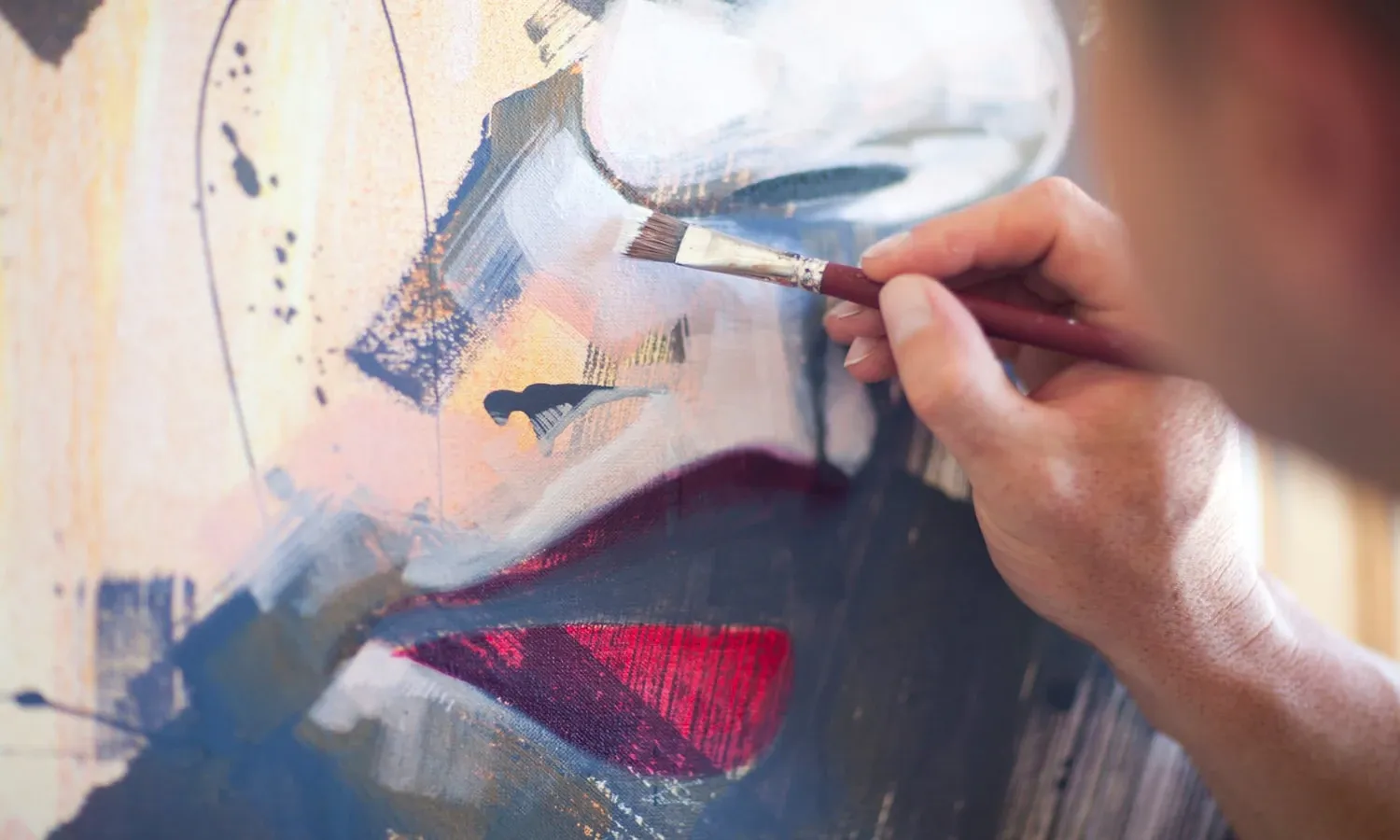Arts Insiders: Winning arts and minds
Written by

Michael Moynahan spends every day thinking about the arts. The chair of our state-funded Arts Council may be no artist himself but here’s some insight - when he can, he loves to sing.
“I find that there’s nothing that provides a greater sense of wellbeing than singing with a group, singing alongside other voices,” he says.
“Most of the time I have to operate in a relatively measured, and very deliberate kind of way. Nothing substitutes for that moment when you can open your mouth and just sing from your lungs.”
Since his appointment as chair in May 2017 this former publisher and business mentor has been trying to get us all to sing with one voice – a voice in praise of the value of arts to individual and national well-being.
His hope for 2019 is that we can bring creativity from the sidelines of social decision-making right into the centre.
“I don’t think New Zealanders recognise how creative they are. You know, so much of what we’ve done to try and respond and feel better about the Christchurch events have been rooted in the arts – in music, and narrative and storytelling, in expression of one sort or another.
“New Zealanders quite naturally go to that place but I don’t think they recognise it, in that way.”

The theme of arts and wellbeing is not new here, or overseas. But there’s disappointment that New Zealand is falling behind other countries in weaving the benefits of arts to wellbeing, into local and central Government planning.
Leading the way
The definition of doctor’s orders has been rewritten in the United Kingdom, with a Government scheme announced in July last year which supports doctors to prescribe arts activities like drama, creative reading and group singing instead of anti-depressants.
In a speech on social prescribing, the UK’s Secretary for Health Matt Hancock says, “it’s scientifically proven. Access to the arts and social activities improves people’s mental and physical health.”

In a submission last year to our Government’s inquiry into mental health and addiction the Arts Council made its case for funding from Vote Health to introduce similar initiatives. None of the 40 recommendations in the inquiry report mention the arts, although there is one calling for enhanced cross-government investment in social wellbeing.
If the benefits are so obvious why is there not more central and local government support here – is it a case of winning hearts and minds?
Michael Moynahan believes a few factors are at play, but he’s optimistic of progress soon with a Government that he says has been “transformative” in its approach to the arts; and has the intention, and “heft”.
“I don’t know. I’ve got a slightly different take on it. We would say of ourselves as New Zealanders that we’re a bit taciturn. We don’t want to draw attention to ourselves. We don’t want to be big noters, and that some New Zealanders are slightly suspicious of arts with a capital A. So, I actually think that it’s not so much about losing the hearts and minds. It’s just that we are not quite asking the right questions.”
Participation by New Zealanders in the arts is huge, he says, as seen in the research carried out by Creative New Zealand. “I think when we are having a conversation about the arts people often approach it from the angle of the elite space, and think that’s what we are talking about.”
He stresses that the kind of change he and the Arts Council hope for, is not just about funding but about collaboration, and access.
“I think there are potentially two areas of frustration. One is that people think that (the benefits of the arts) is just a given. And actually, it’s not. You have to be deliberate about it. You have to think of this as something that you quite specifically illustrate and acknowledge and support. I think it takes a lot more deliberate intention. “

The other frustration is that there needs to be a more multi-layered approach. There is a collection of things that will have impact, rather than “just here’s one lever, let’s pull it and move on.”
“You would never find the chair of a funding or a crown agency asking for less money; so, funding is always useful. Funding is an enabler, but in absolute terms the real breakthrough comes when actually we don’t have to justify why arts and wellbeing are connected; when we don’t have to carve out for ourselves a place at the table when these sorts of issues are being discussed – when new prisons are being planned, when schools are being designed, when education programmes are being undertaken.”
Getting a breakthrough
Michael Moynahan says the breakthrough will come when as a society and a culture we recognise the underlying comprehensive value of creativity and expression.
His wish is for a community that doesn’t present the idea of arts and culture as an “afterthought” when planning. For local and central Government to start out any planning by asking how to create cultural and creative wellbeing outcomes, as well as financial or other.
“That’s the key to unlocking it. So funding is an absolute part of it, but having a seat at the table for the creative and arts-focussed agencies is also an important part. I think the inclusion in a larger number of city council and local government plans of a creative and arts-focused strategy would indicate success. “
His personal nature, he says is to think of things in terms of opportunity rather than “whinging or moaning” about stuff that isn’t right.
“To whatever extent I can be part of a conversation that says look at this fantastic opportunity to make New Zealand a wonderful, dynamic place, because we recognise what already exists – it’s just that we’re not using the language to describe it. Whatever I, or our organisation, can do to contribute, to actually drawing the strands together, will help ensure there’s more impact.
“From my perspective, what would be incredibly frustrating given the wind is at our back, would be to find that in five years’ time we are all still having the same conversation, around the value of creativity in our society.
His says there are breakthroughs, with Christchurch about to unlock something “quite significant “and a larger number of partners in local Government, nationally, seeing the arts as important and wanting to engage more.

“An opportunity exists, at some point, for there to be a national arts strategy. Something that says actually let’s see how this is overlaid across many of the things that we do. There is identification by the Government of the various broad things that they ought to do, but there isn’t something that I could take out of a drawer and say to you “here’s our national arts strategy”, and it all sits in one place, and I can see where it touches anything.”
“The world has recognised through the events in Christchurch that New Zealand is different. The world had a different set of expectations around what New Zealand was, as we had for ourselves. You know what happened over and over again is that people said this isn’t us – this isn’t what we thought about ourselves.
“Now that is absolutely true, and in my view that’s because what sits at that is a creative way of looking at it, and an embracing of the culture and diversity of each of our expressions. It would be so much more powerful if we could harness that in a way that was coherent. So that when we went to the world it was an absolute point of difference.”
Being a New Zealander, he says, should be more than just beautiful landscapes and friendly people.
“It also means, and should mean, that we are genuinely creative people who can bring creative solutions to the table, and know how to express ourselves in a confident way – through more than just simply the best-priced pint of milk.”

Creating an arts legacy
Michael Moynahan says one initiative this year he is most proud of and which in his view is ground-breaking, is the introduction of a new investment strategy for funding by Creative New Zealand. It links to the organisation’s key outcomes for public investment in the arts:
-
diversity and reach
-
dynamic arts
-
a resilient arts sector.
The new strategy will allow the Arts Council to develop an arts investment portfolio fit for the future needs of the arts in New Zealand. “So that in five years we can look back and say – 'this is how the investment the Crown has made in the arts has changed for the better, New Zealand'.”

Story by Keri Malthus
Image credits, from the top:
Graphic via the Report on Arts and Wellbeing in the UK.
Pavement art outside a Dunedin mosque. Image source: RNZ/Tim Brown
Graphic: UK report on the arts and wellbeing - One UK arts prescription project which had been running seven years in reported a 79% fall in depression among participants, with 76% saying their wellbeing increased.
Artist Akoni Pakinga’s tribute to the Muslim community, "Kotahitanga”
Photograph: Getty Images.
Dance - KOTAHI, ATAMIRA DANCE COMPANY Whakaahua: Nā Charles Howell. Kaikanikani: Bianca Hyslop. Kākahu: Ruth Woodbury/Rāranga Creations. Kaitiaki: Jack Gray. Image via Creative New Zealand
Michael Moynahan. Image supplied by Arts Council NZ
*The Big Idea Arts & Well-Being Week*
We believe that the arts play an essential role for our well-being.
All our stories this week, April 1 - 6, will look into the importance of the arts for our health - make sure to check them out here! #artsmatter





